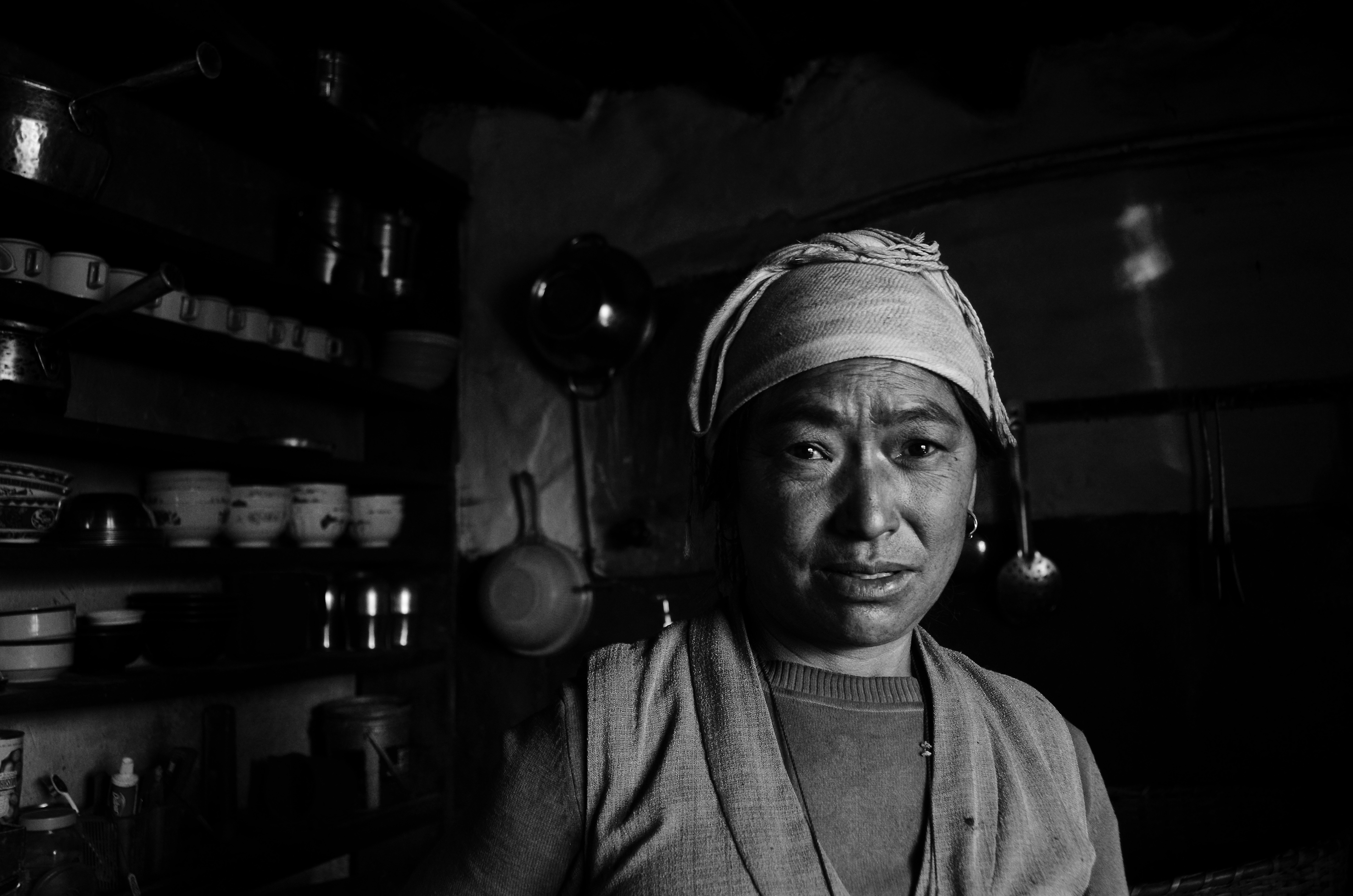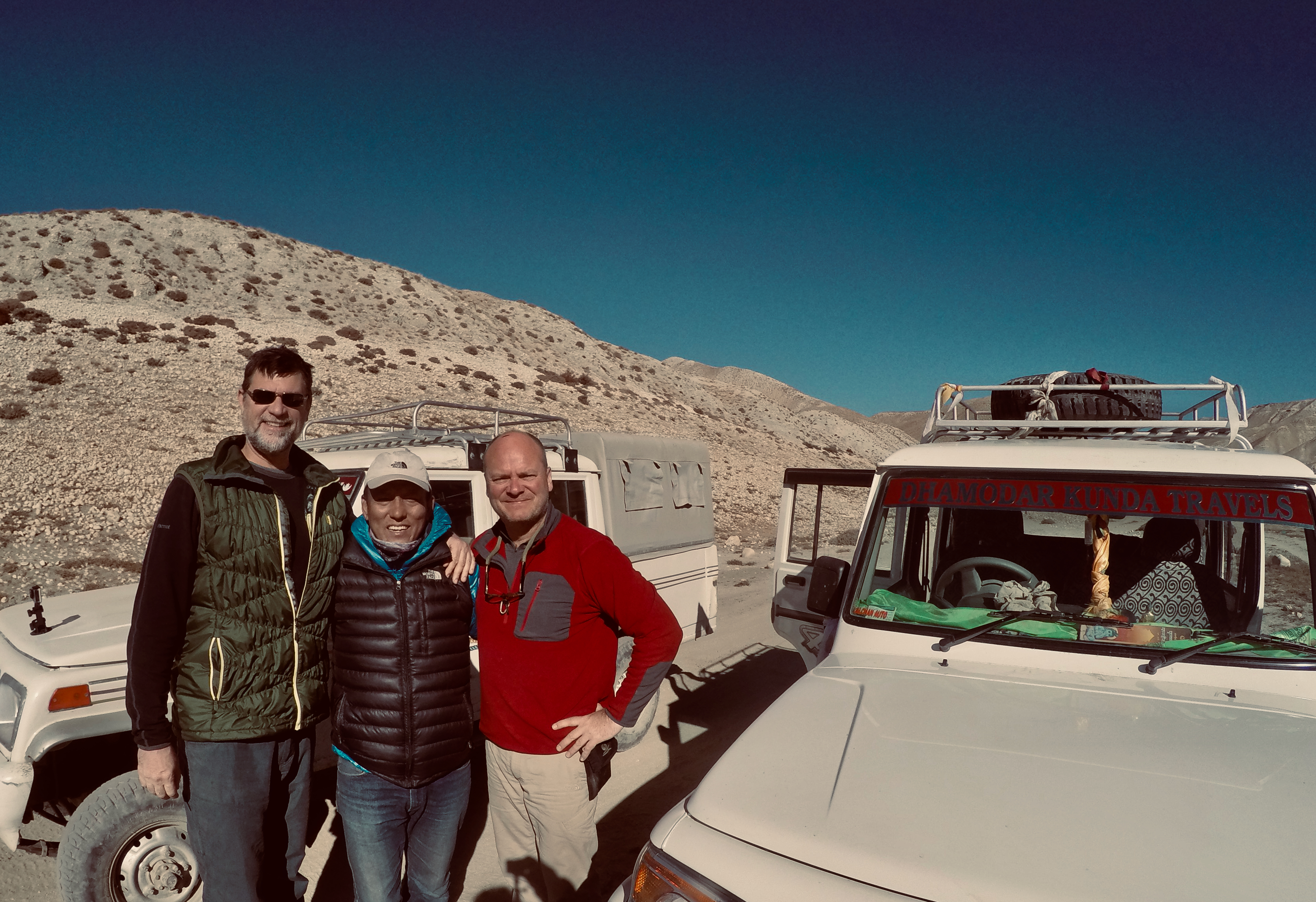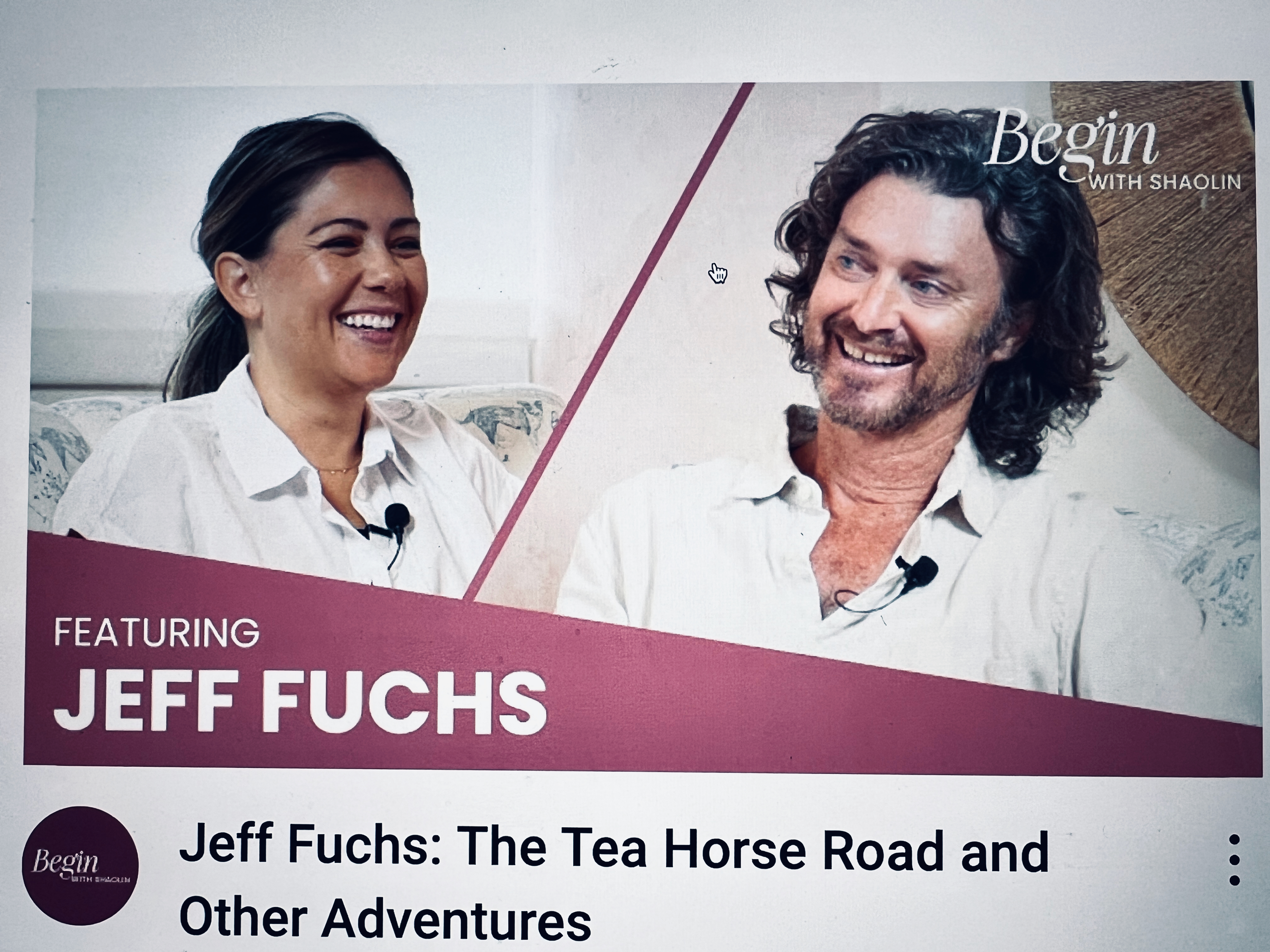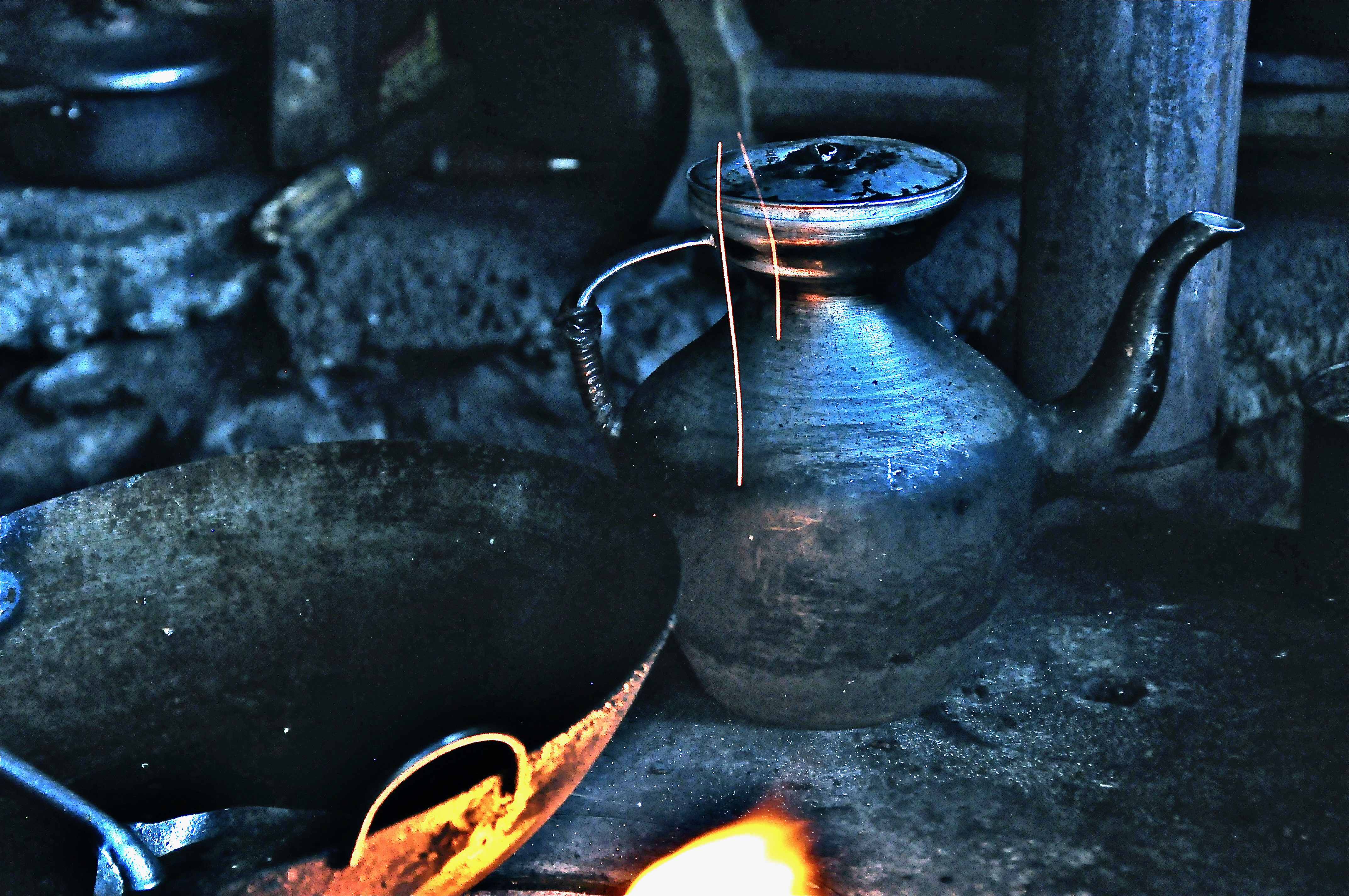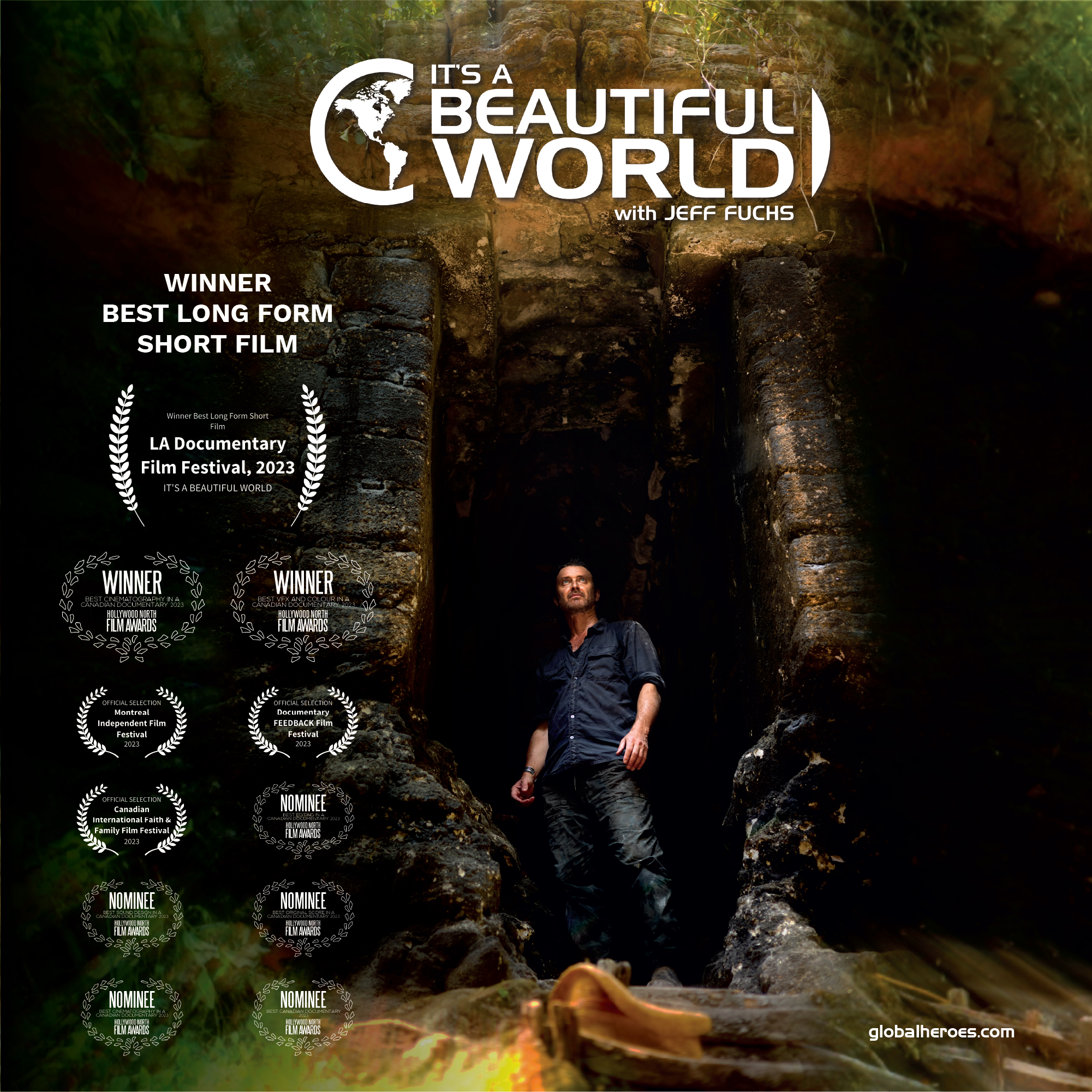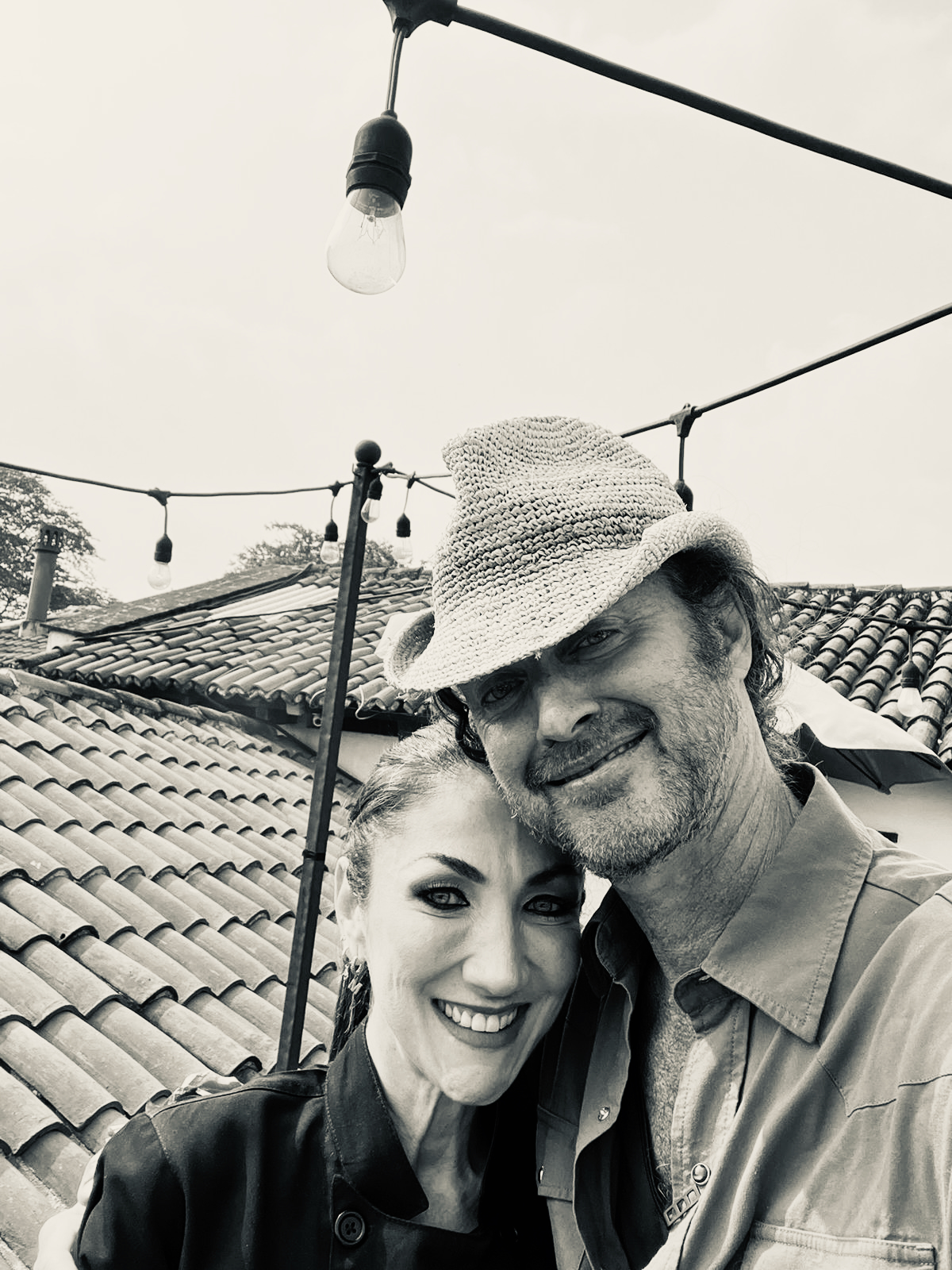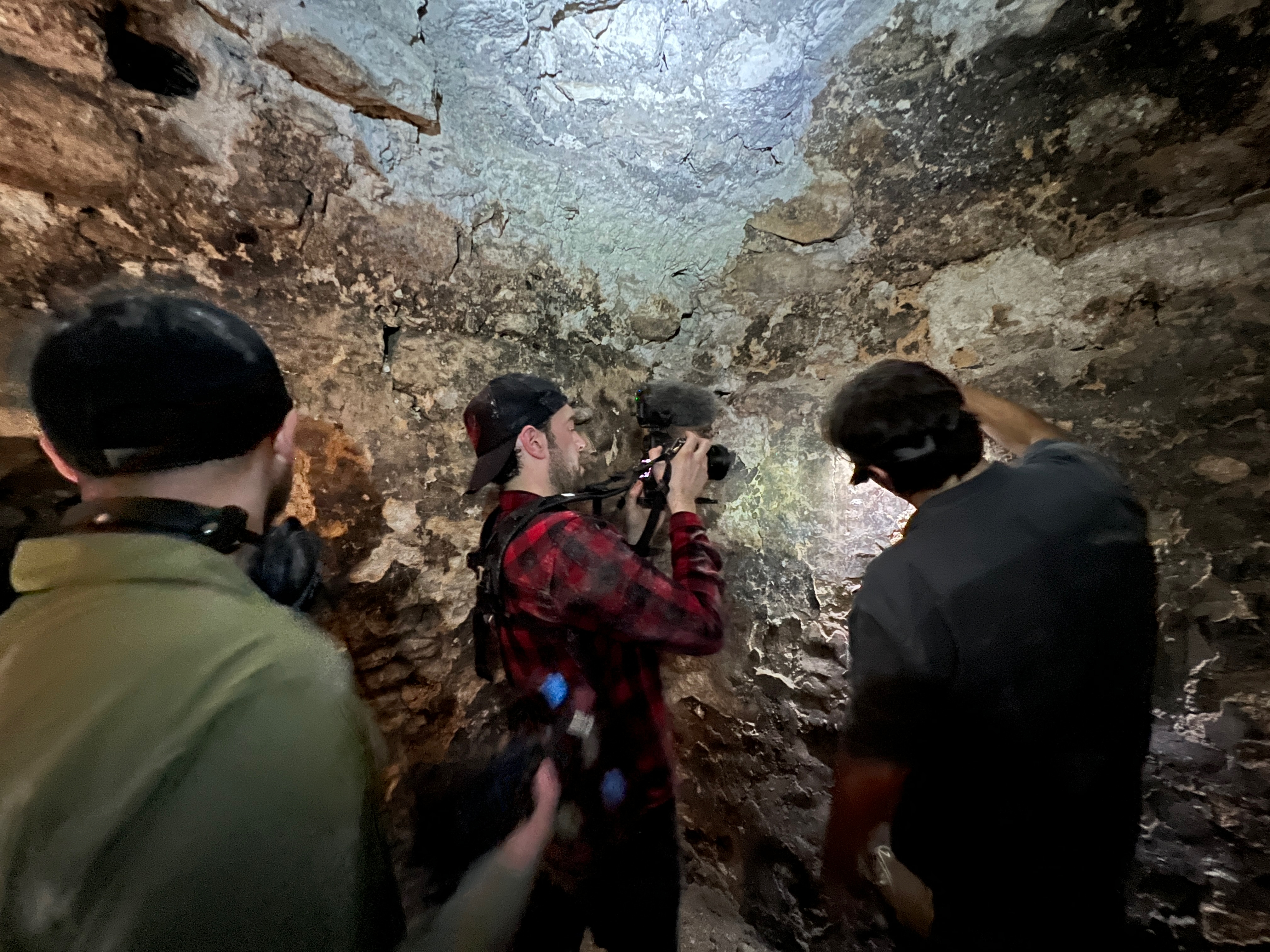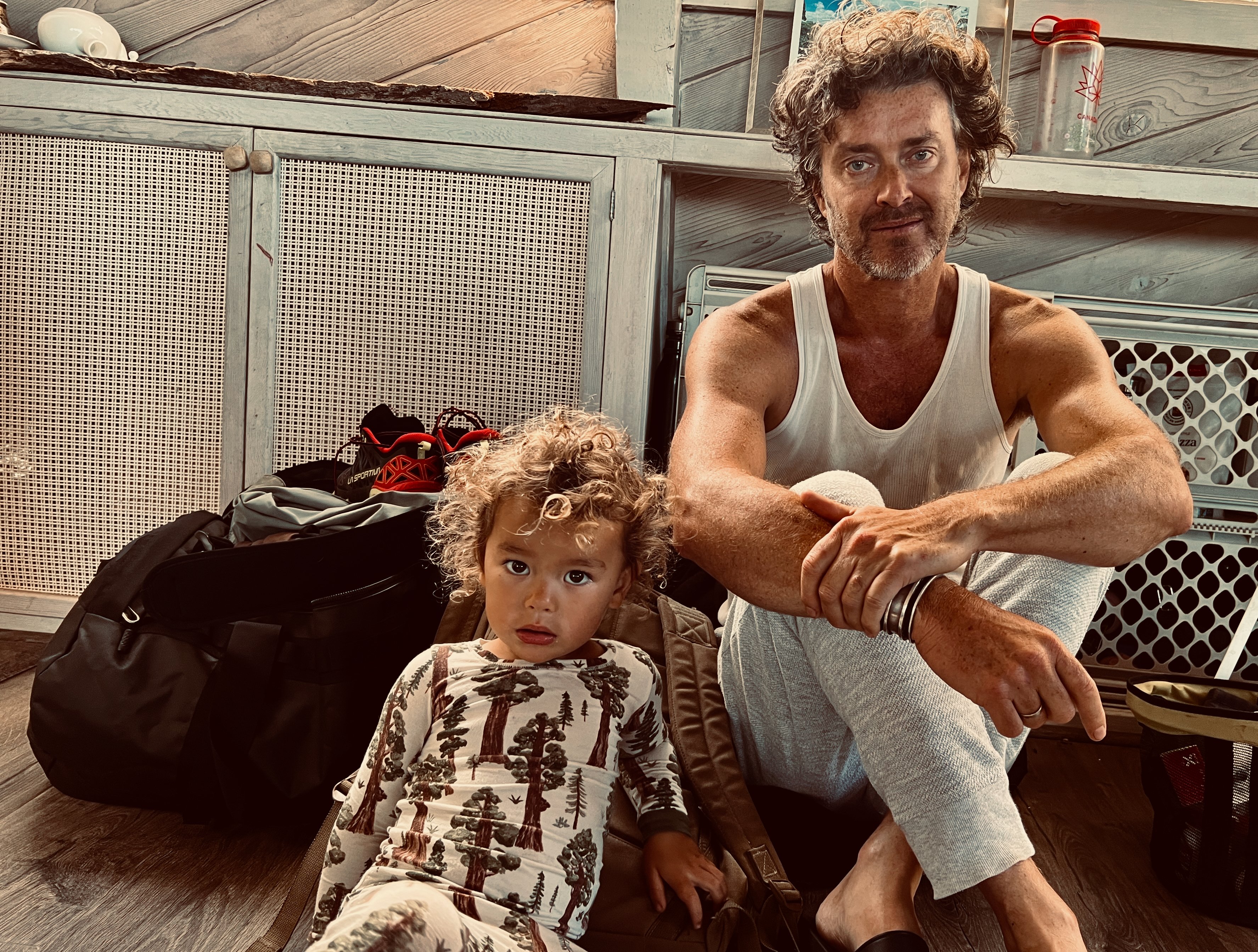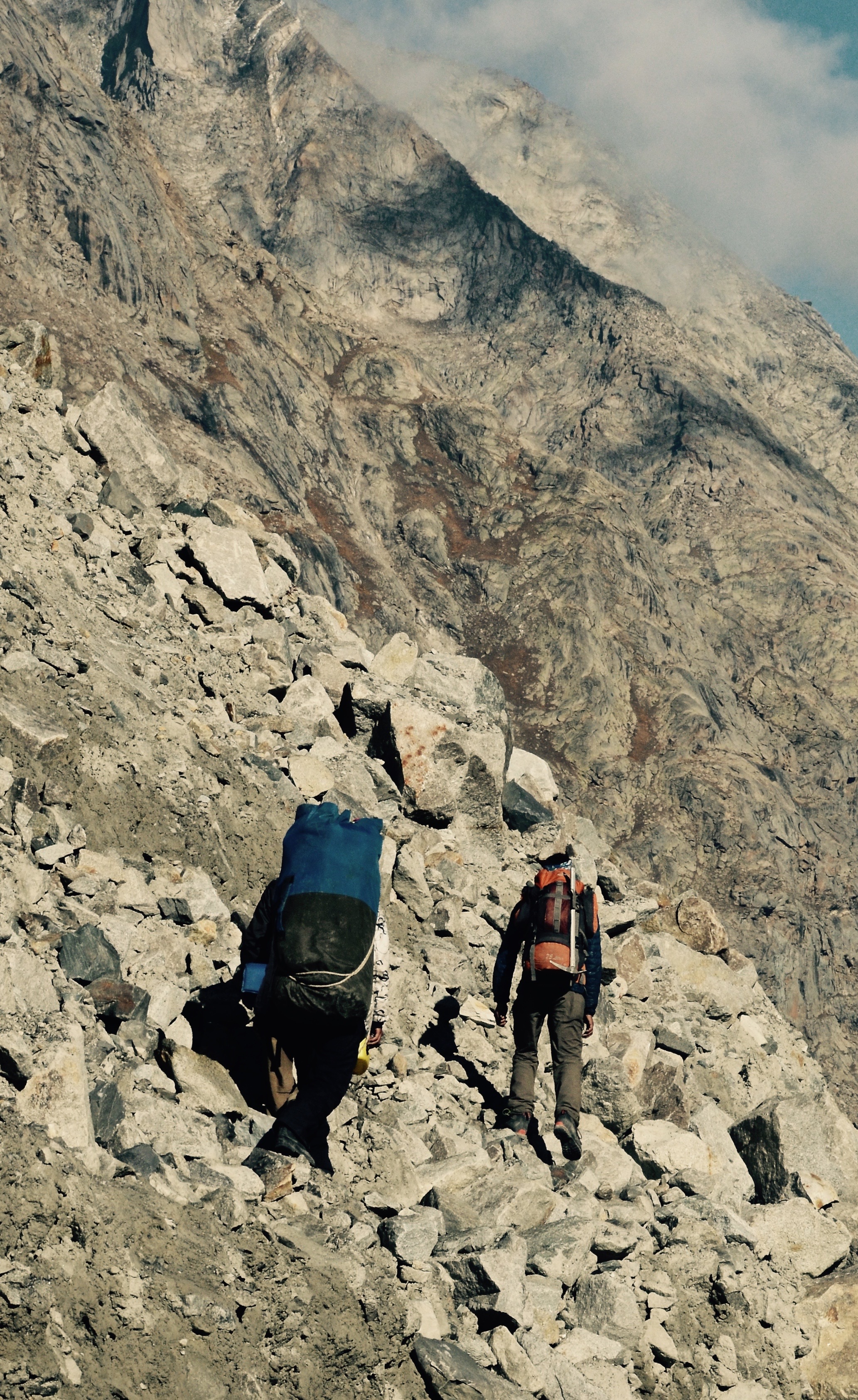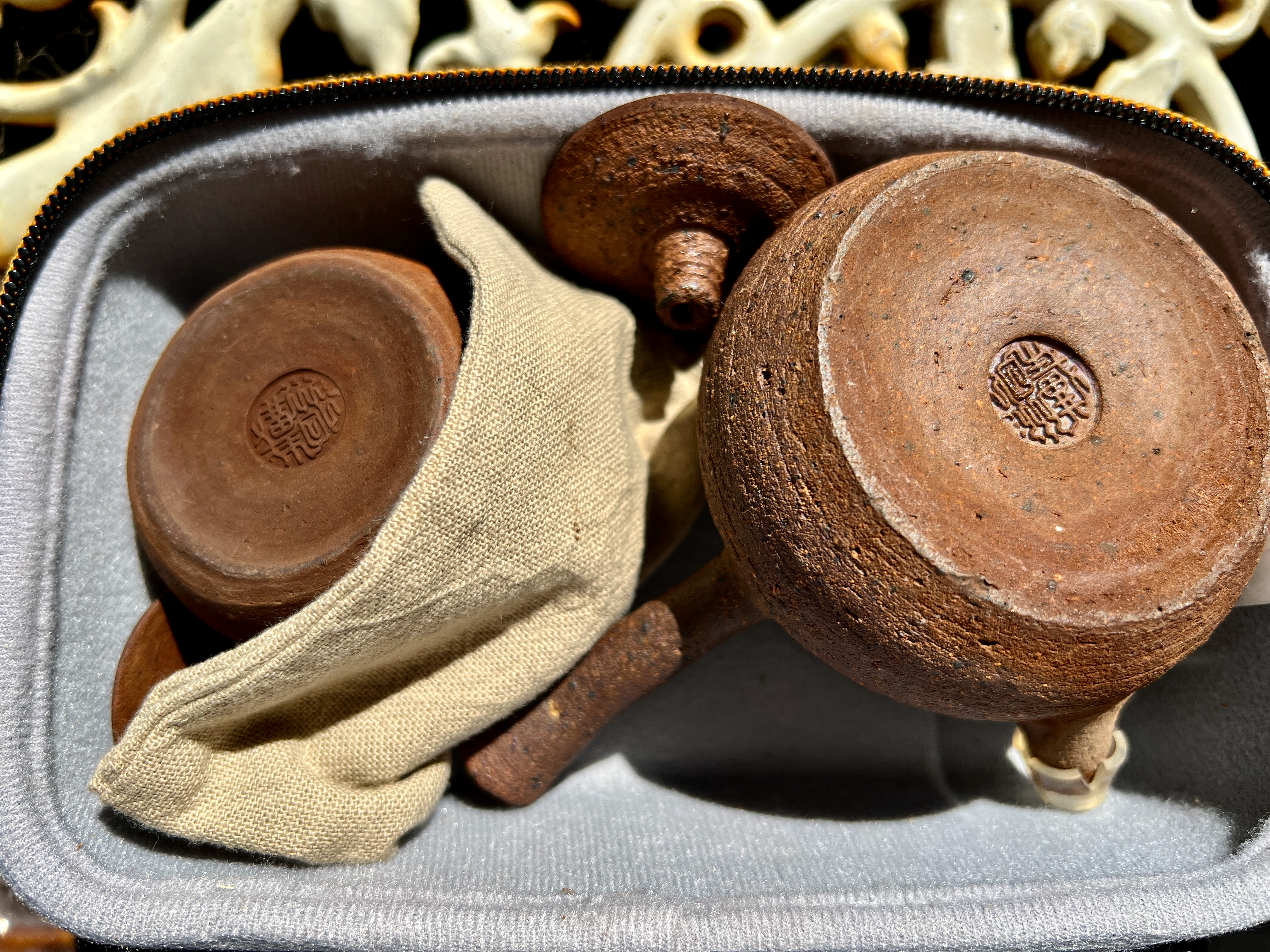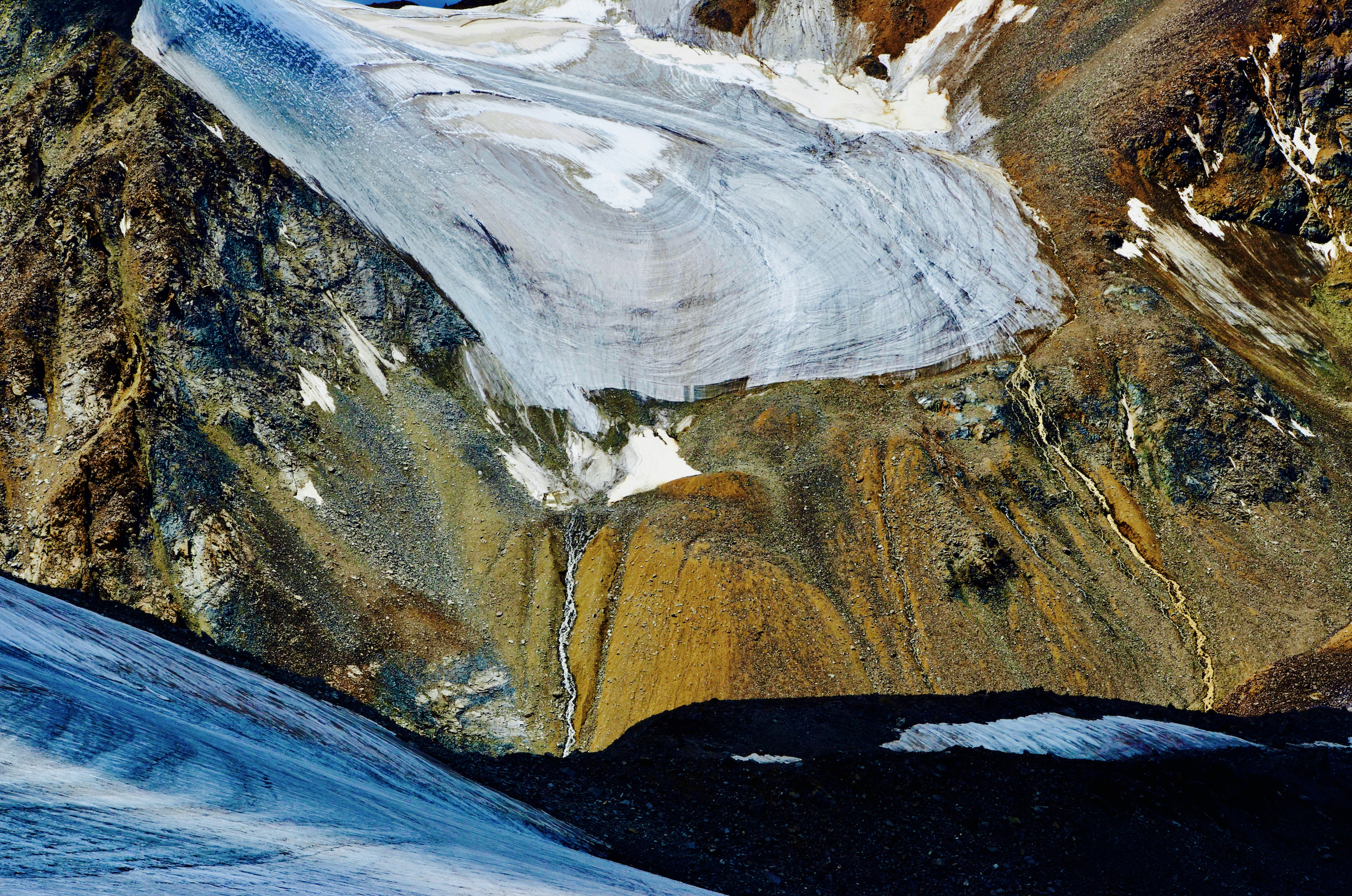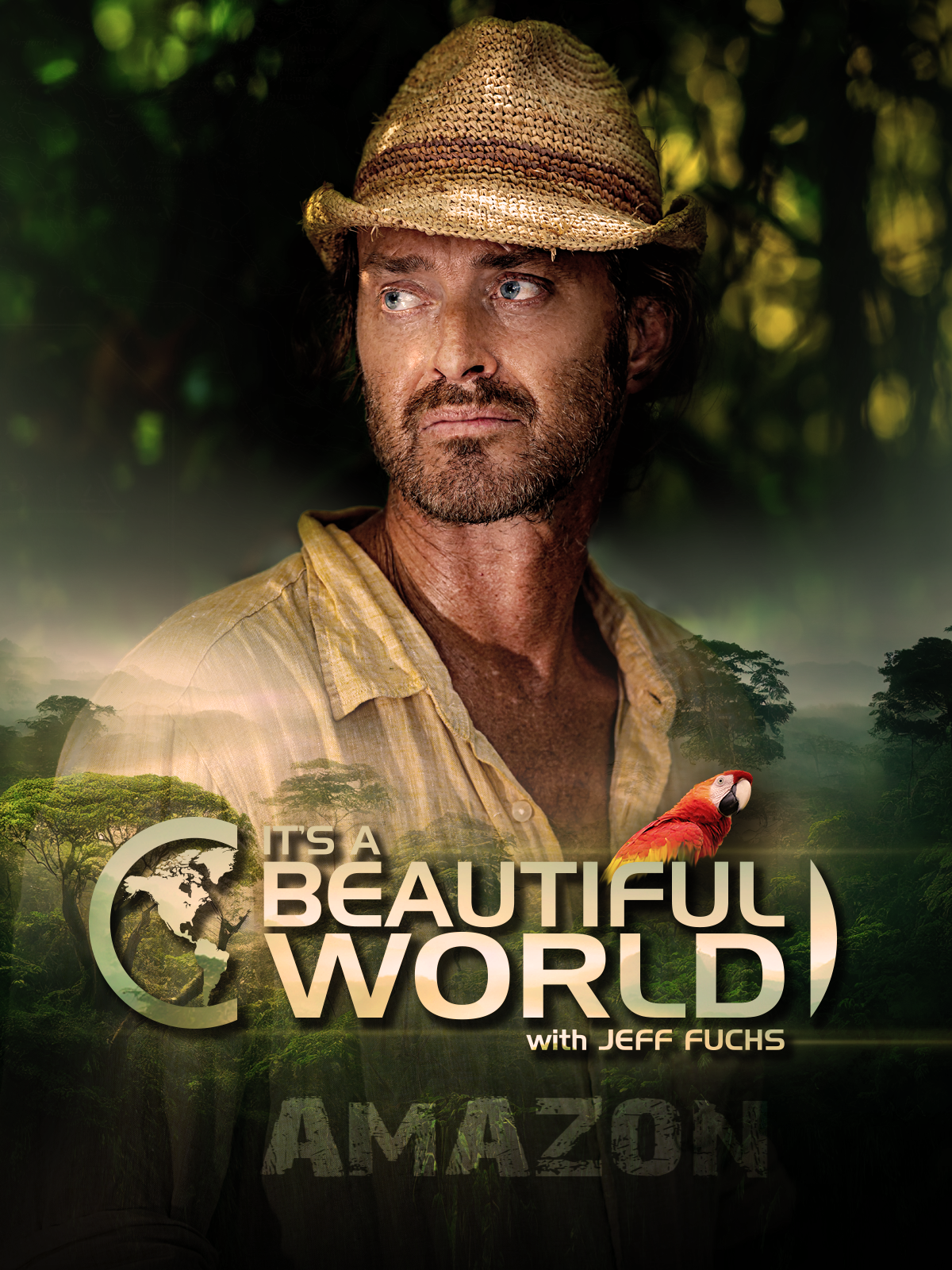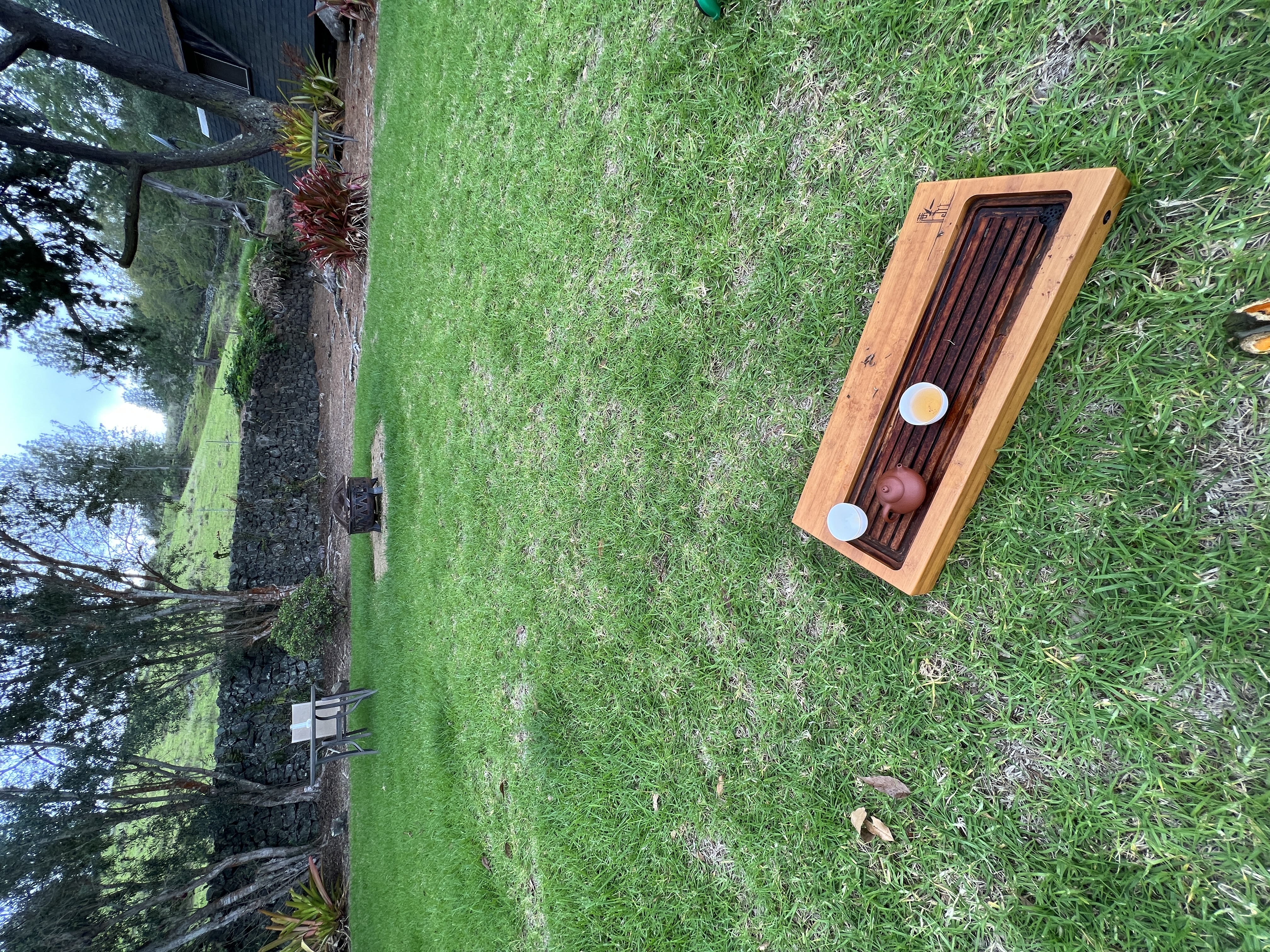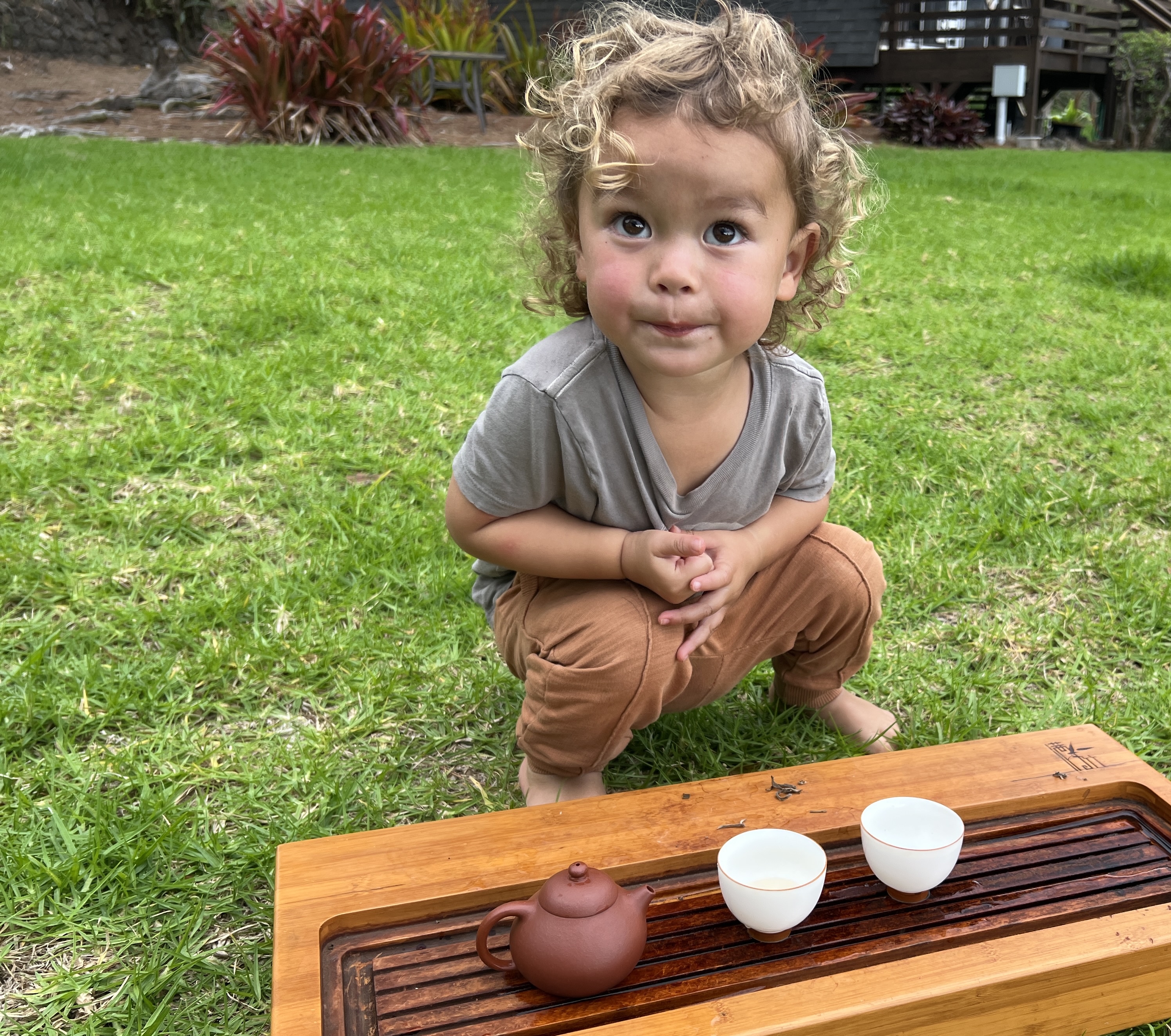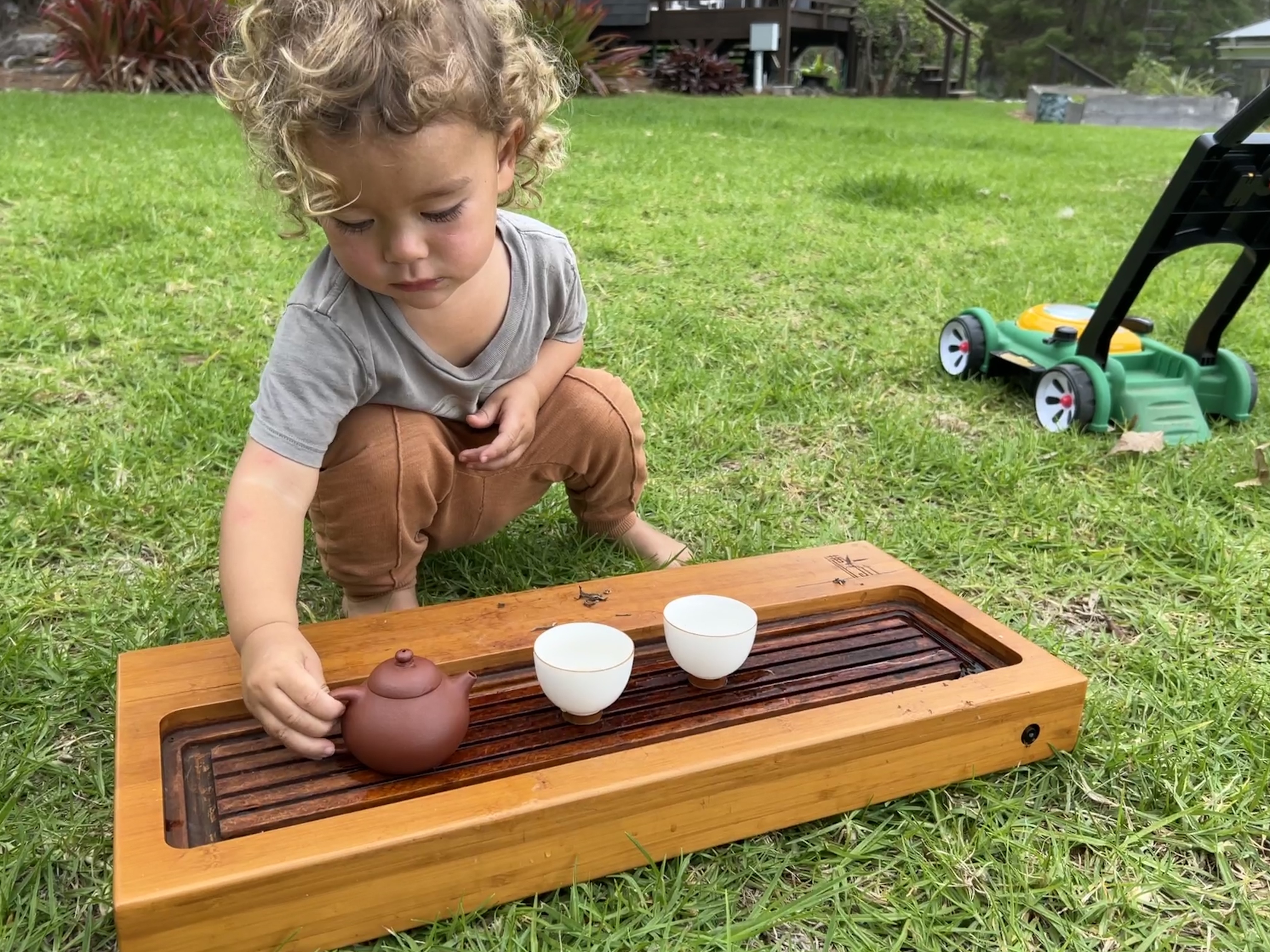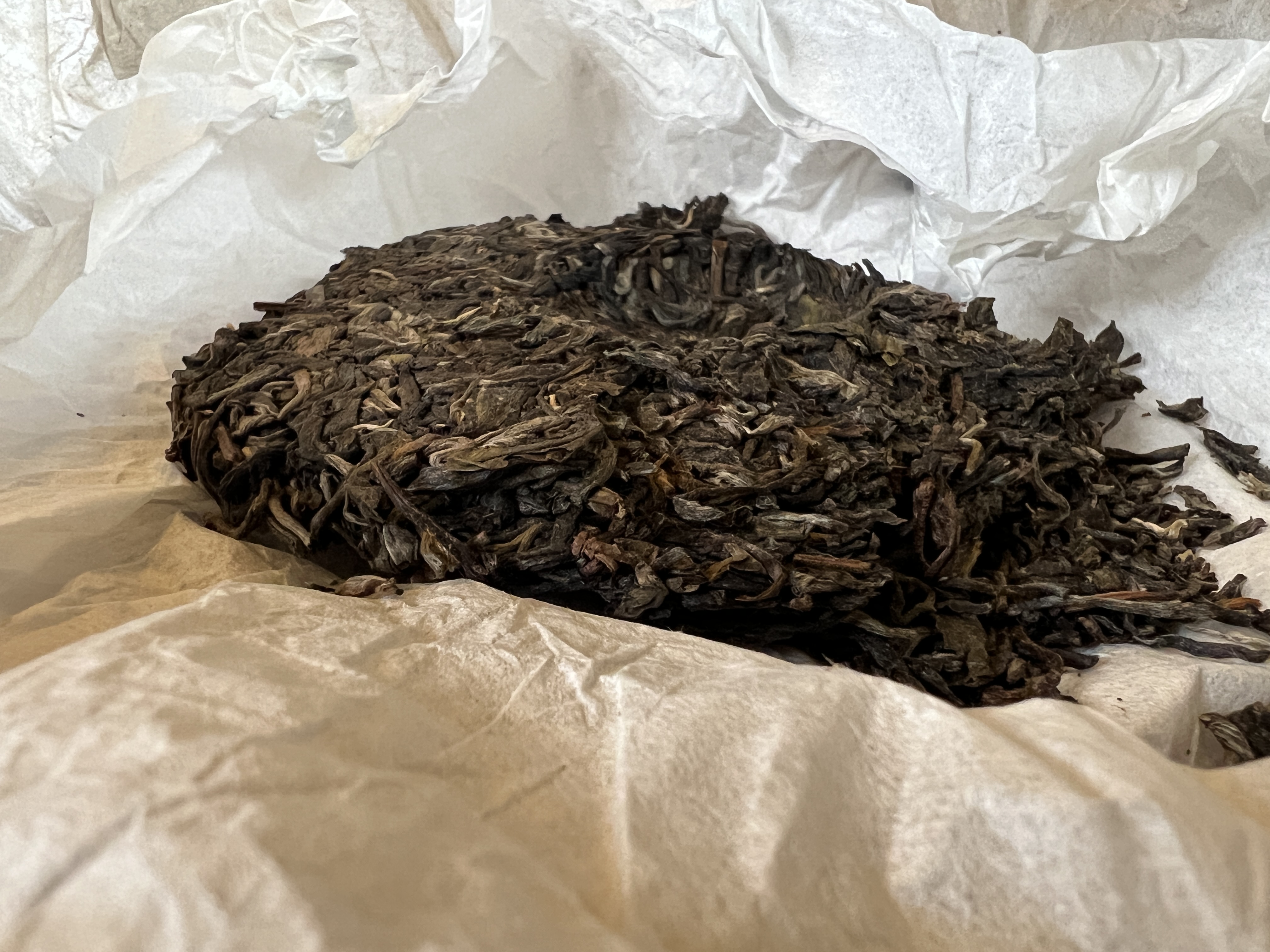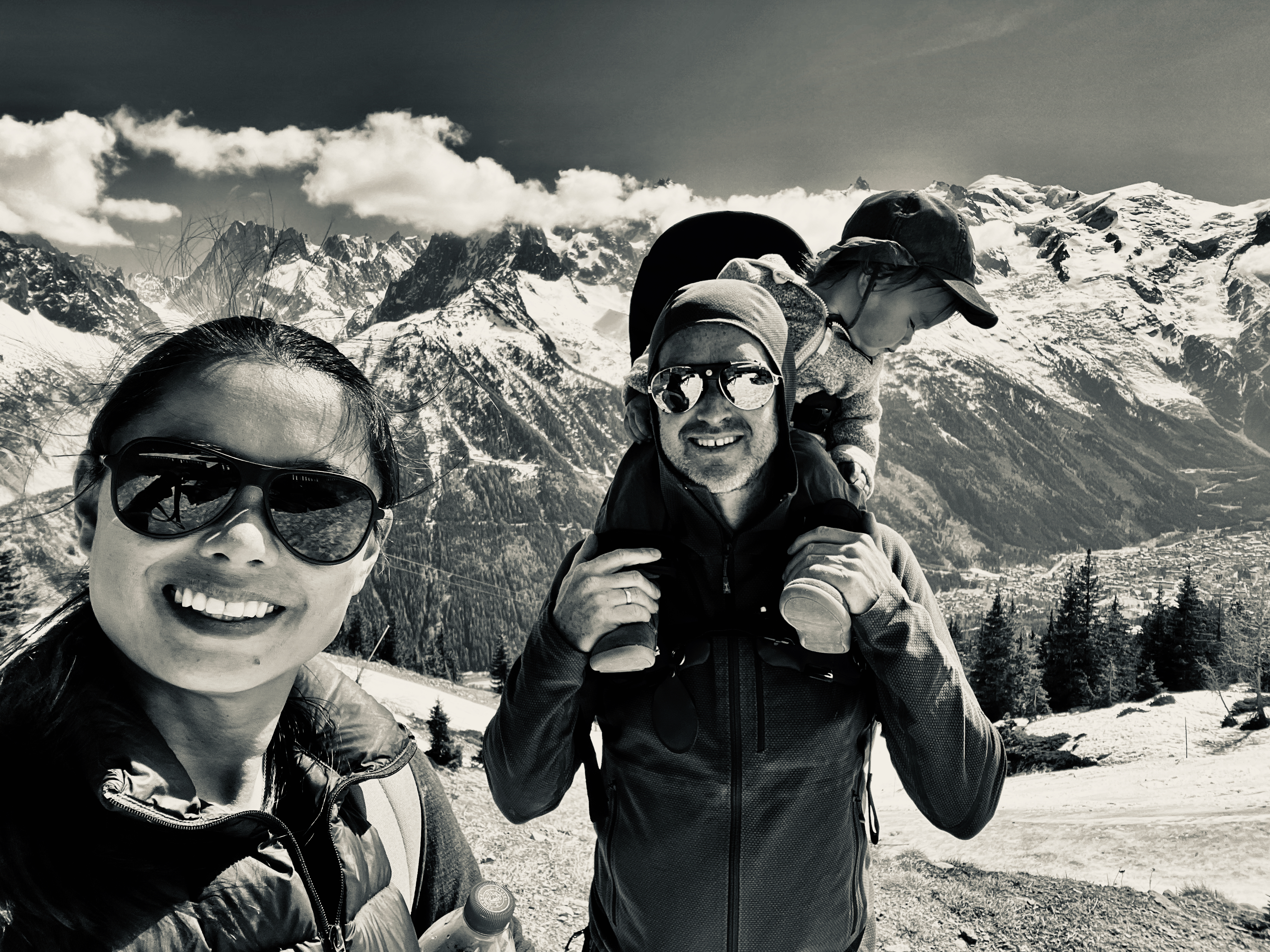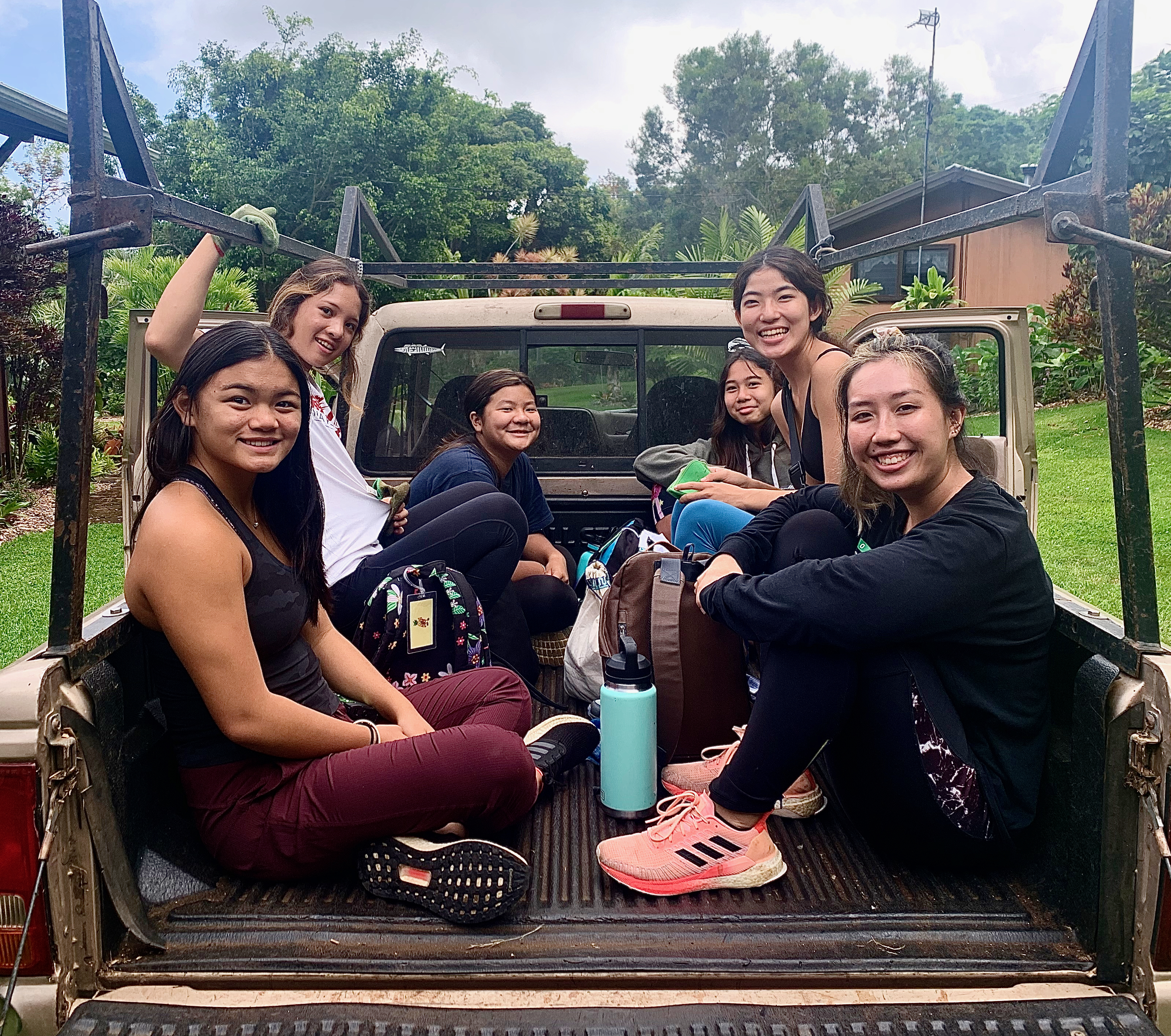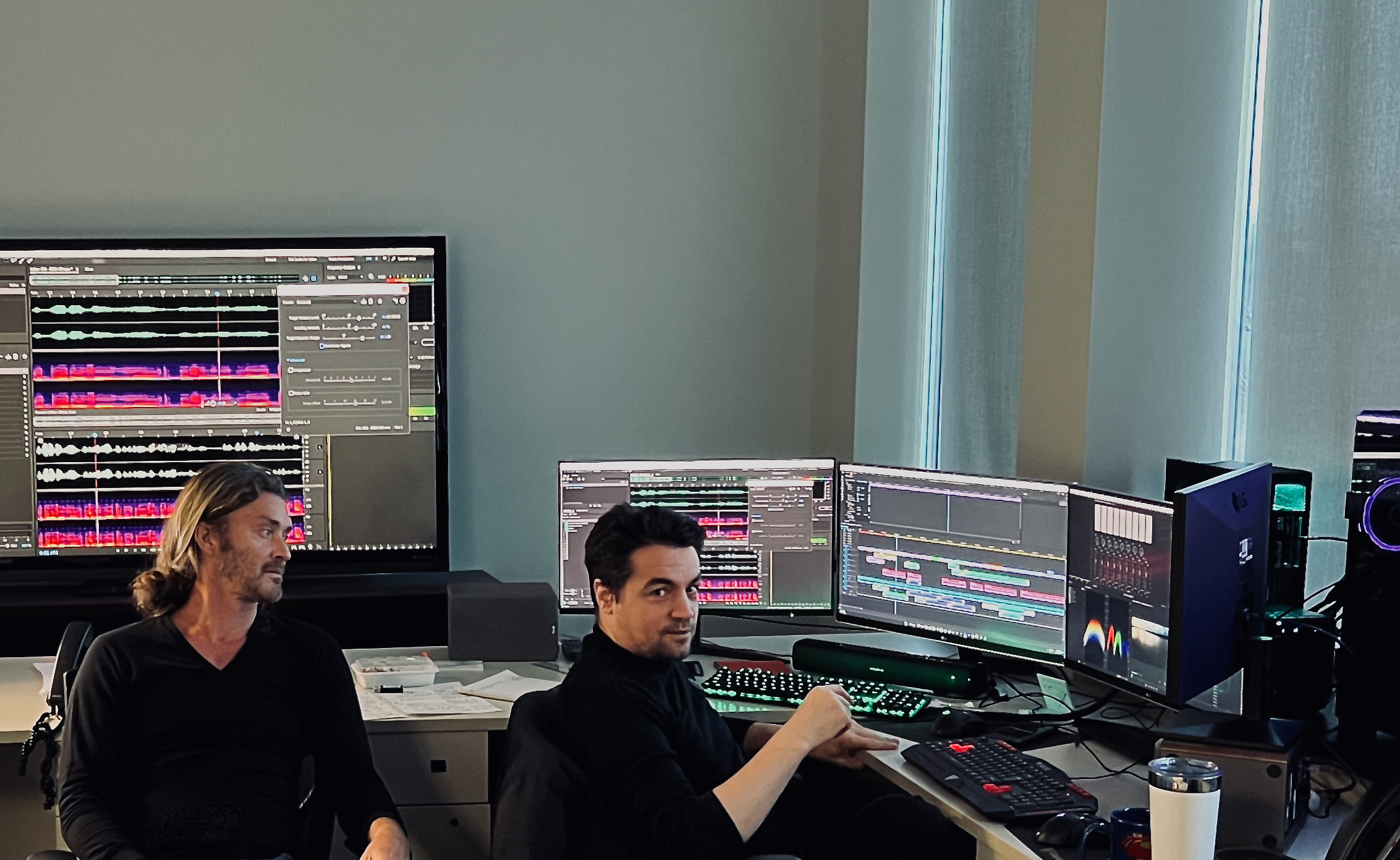“There isn’t a right time or place for making a first brew within a teapot. It is in the making of many pots of tea that a pot becomes right”.
These words, spoken years ago by Mr. Lu in Taiwan were words that had stuck in my mind. They weren’t really meant in any way to be deep or doctrinaire, but they had remained with me.
The words spoken (and as I interpreted them), emphasized the idea that a pot/vessel and its user (and the leaves and water that would infuse within the vessel) alchemize over time. They bond with experiences and time. A pot ‘becomes’ what it is through use and care and the ‘act’ of what it was created to do.
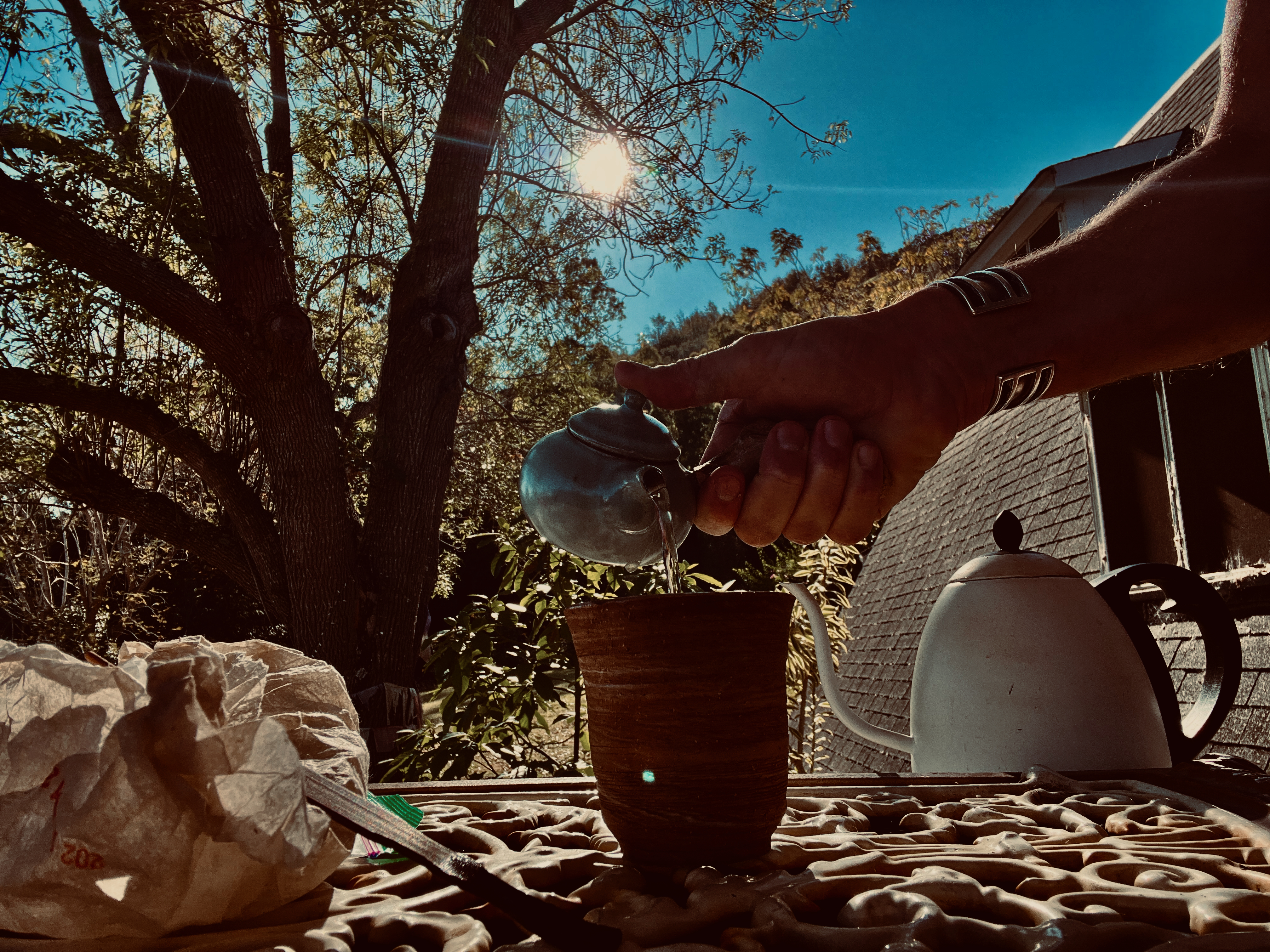
A pre-trip rinse
Every tea vessel of mine in subsequent years has evolved into the piece that it represents on a day of serving, through its own experiences and my own daily interactions with it. Through the deed of preparing and infusing, it has evolved into something of meaning and memory.
Recently another of Emilio del Pozo’s (The Jade Leaf) hand made pieces came into the family – and it came just before a month long return to the Amazon region of Colombia. Travel with pots, leaves, and the little rituals associated with the packing, always seem to embed the details and elements a little deeper into the memory palace. Which leaves will accompany which pot? Which pot? How many pots?

First Meeting
In the case of this journey, the leaves are a compressed 200 gram cake of Jing Mai old tree brilliance. Lighter in force and with only 3-years of ageing behind it, the leaves remain clean, fragrant bits that are almost impossible to over-infuse. A tea custom fit for tea on the road.
The choice of which leaves and which vessel has never been so much a luxury as it is a cheerful choice – a choice to invite a set of leaves and flavour components along with a particular clay or ceramic vessel – on a journey that will forever remain in the mindset and be associated with a place, its humidity, its air and its people. It is a deliberate selection of items (or needs) that will always be linked to the journey. Leaves and a pot that are used at home become something else when used ‘on-the-road’, and particularly when that ‘road’ is a series of some of the most iconic waterways on the planet.

The journey itself along tributaries of the Amazon by boat for our documentary film project “It’s a Beautiful World” that traces waterways including the Igara Parana, the Putumayo, the Cotuhe and Pupunya, before joining the main trunk of the Amazon itself. Our journey will pass through much of what was once a corridor of utter destruction wrought by the various outside forces that sought precious resources. The region’s highlight of destruction was brought to utter reality by the years of the rubber boom in the late 19th and early 20th Century. Regions and peoples cut off from all external forces – forced and pried open – that now lie in some middle zone of struggling with the notion of ‘progress’ which in many cases is simply other’s definition of ‘progress’. Still there are hubs and zones of some kind of isolated tranquility, but much of the region remains under the shadow of history.
It is within these areas of so much turmoil and power that I took tea as often as water and time allowed. A thermos was always at hand, tucked away in a satchel for quick nips when I wasn’t near my pot and kettle.
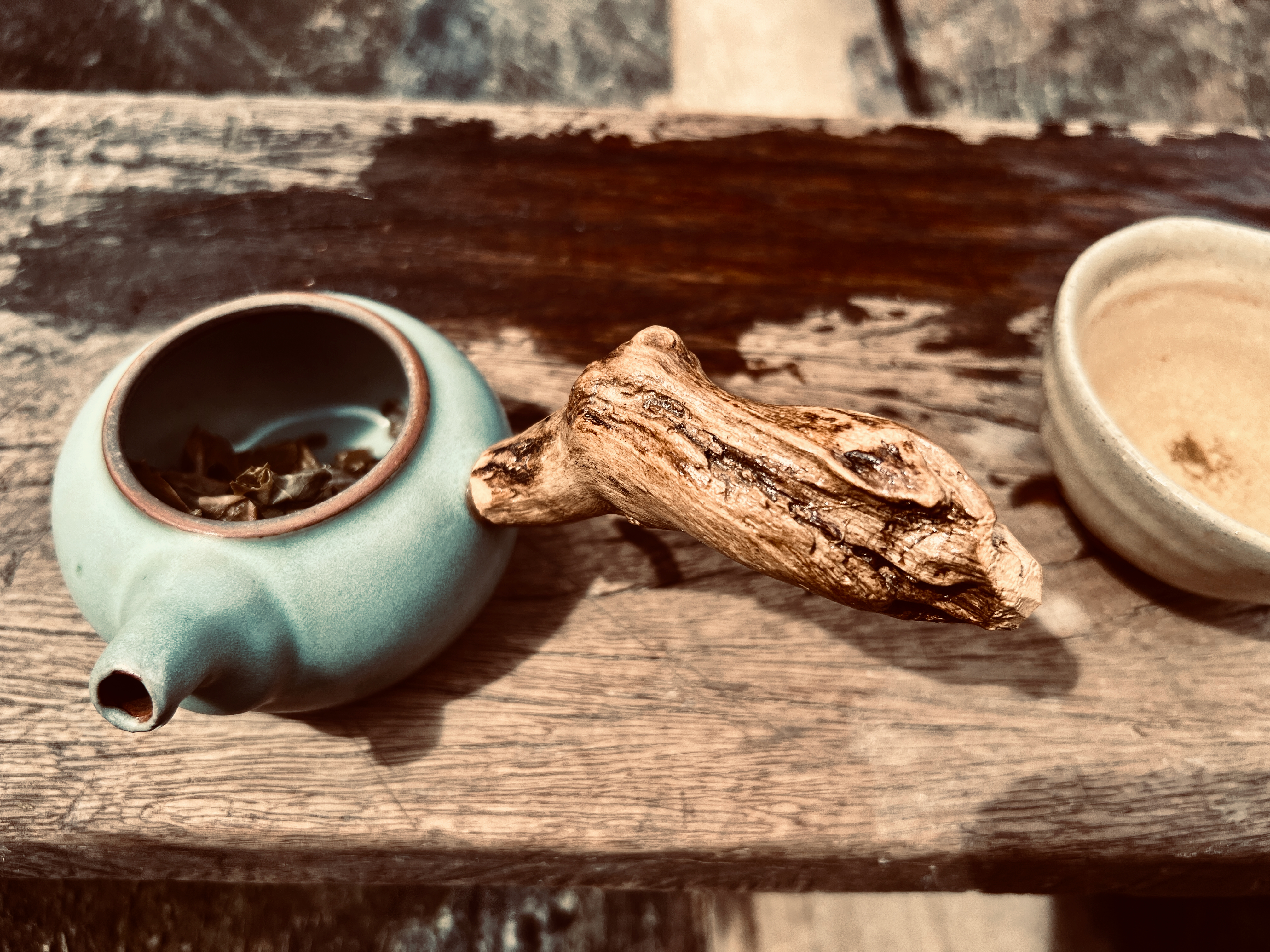
For a month, the 140 ml blue celadon pot was the first bit of structure I interacted with each and every morning aboard a hospital boat (the first of its kind in such areas) called the ‘Mau Pata’. My bunkmate in the minuscule room, Jonathan, would partake with me each morning at 5:30am as we would chat the day into its first hour of waking time. The tea was part of the conversations and thoughts and just observations of days upon the river.
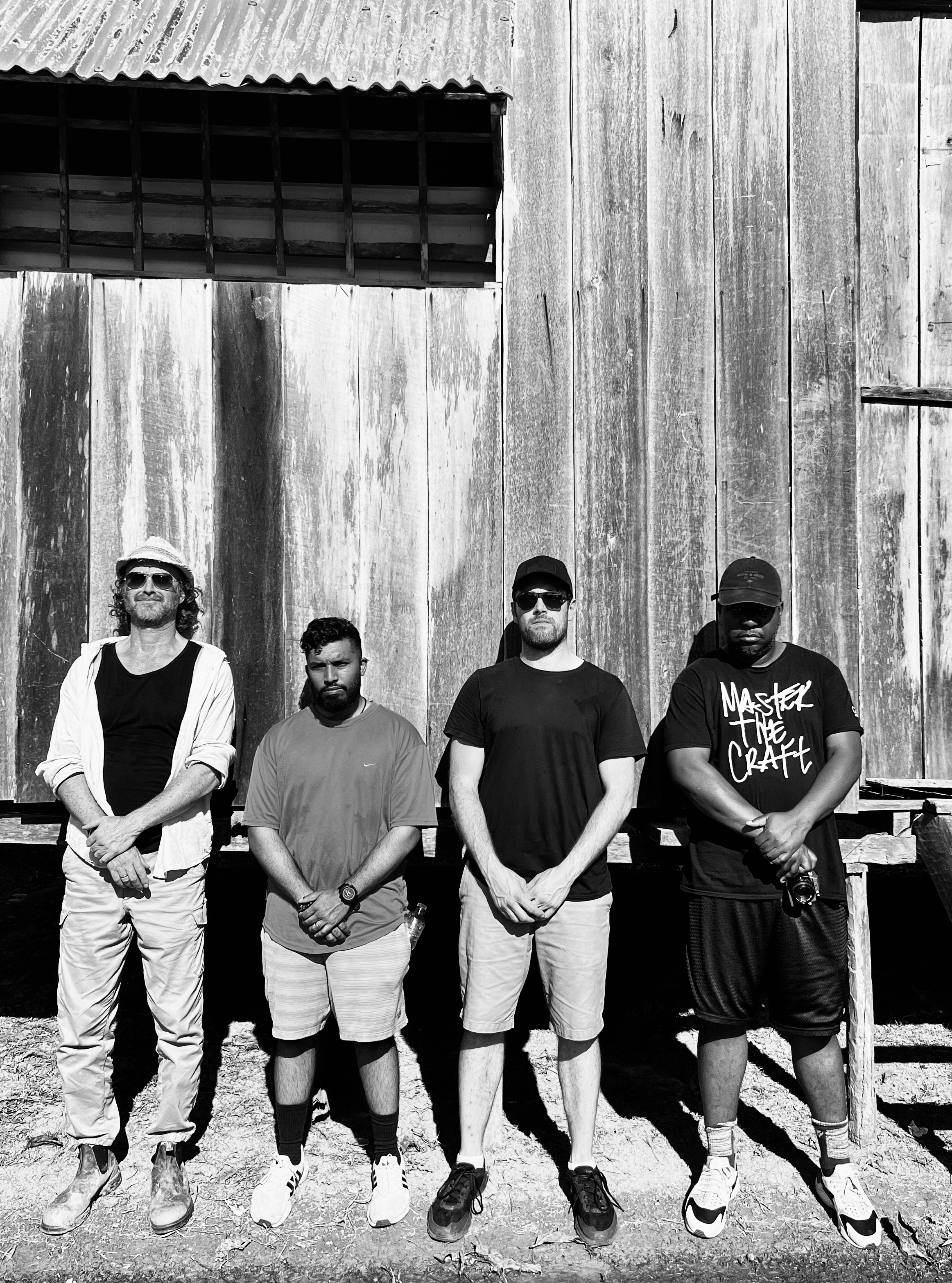
The ‘line up of us in the village of Cris along the Putu Mayo River with Finn, Jonathan, and Matt.
It, my two cups, and my cake of tea remained on a cheap, unstable, small plastic shelf, for the entirety of the journey – through regions of humidity and grand silences; through days of blessings and permissions by elders. Ultimately, it fuelled – and perhaps helped – hone a perspective upon all of which was taken in.
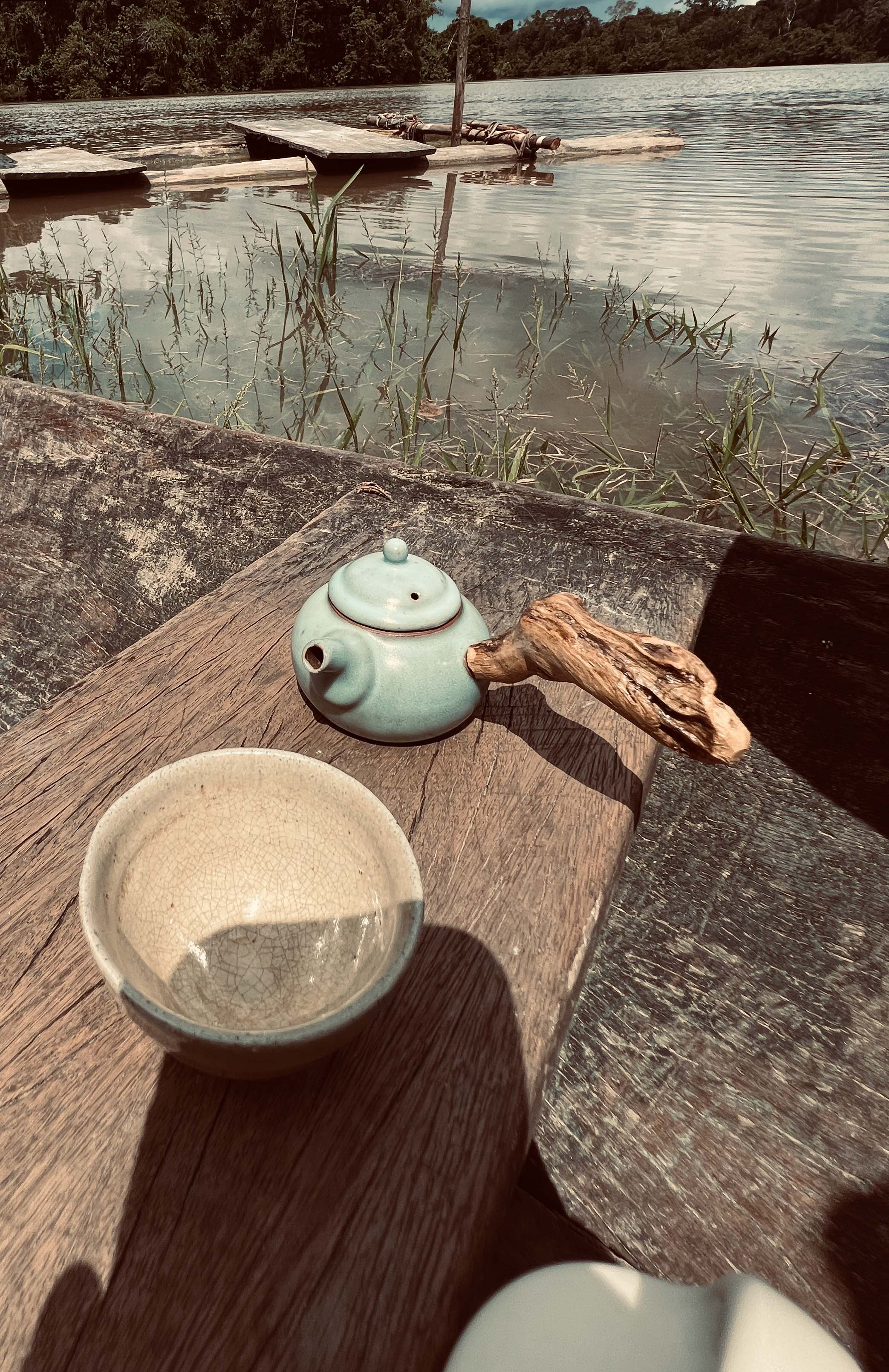
Along the Cotuhe River
And so the pot became part of the trip; it became part of the support and joy of the journey, and it became imbued and infused by the time and space of the ‘lungs of the world’, the Amazon Rain Forest.
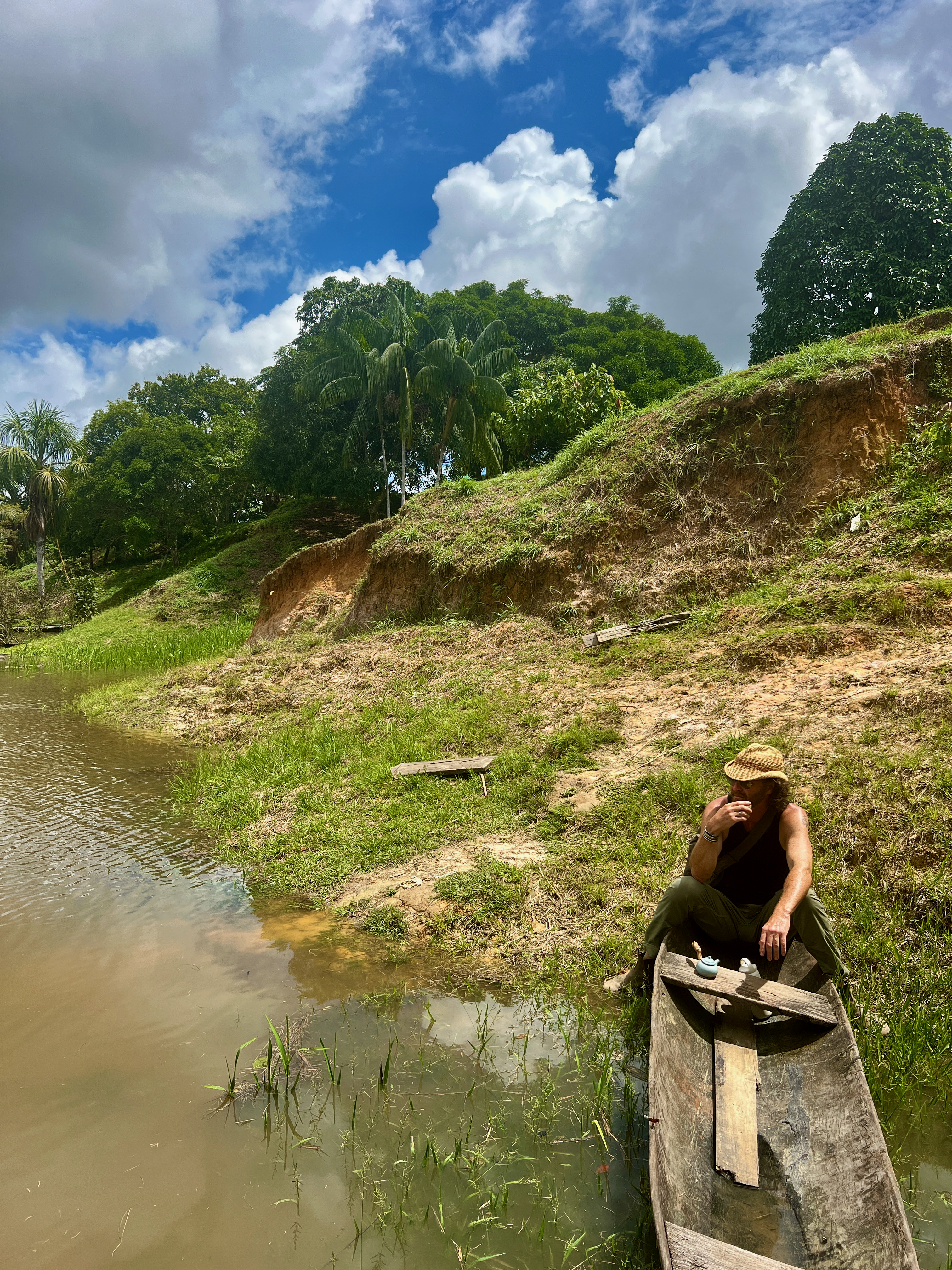
Sitting in a peque-peque with Jing Mai leaves and a withering sun in the Cotuhe River at the village of St. Lucia.
Pot, leaves, and I all returned home intact and infused with little bits of residual humidity, flavour, and memory from the journey. A couple of ants too, made it into what was left of the tea cake for the return journey.



